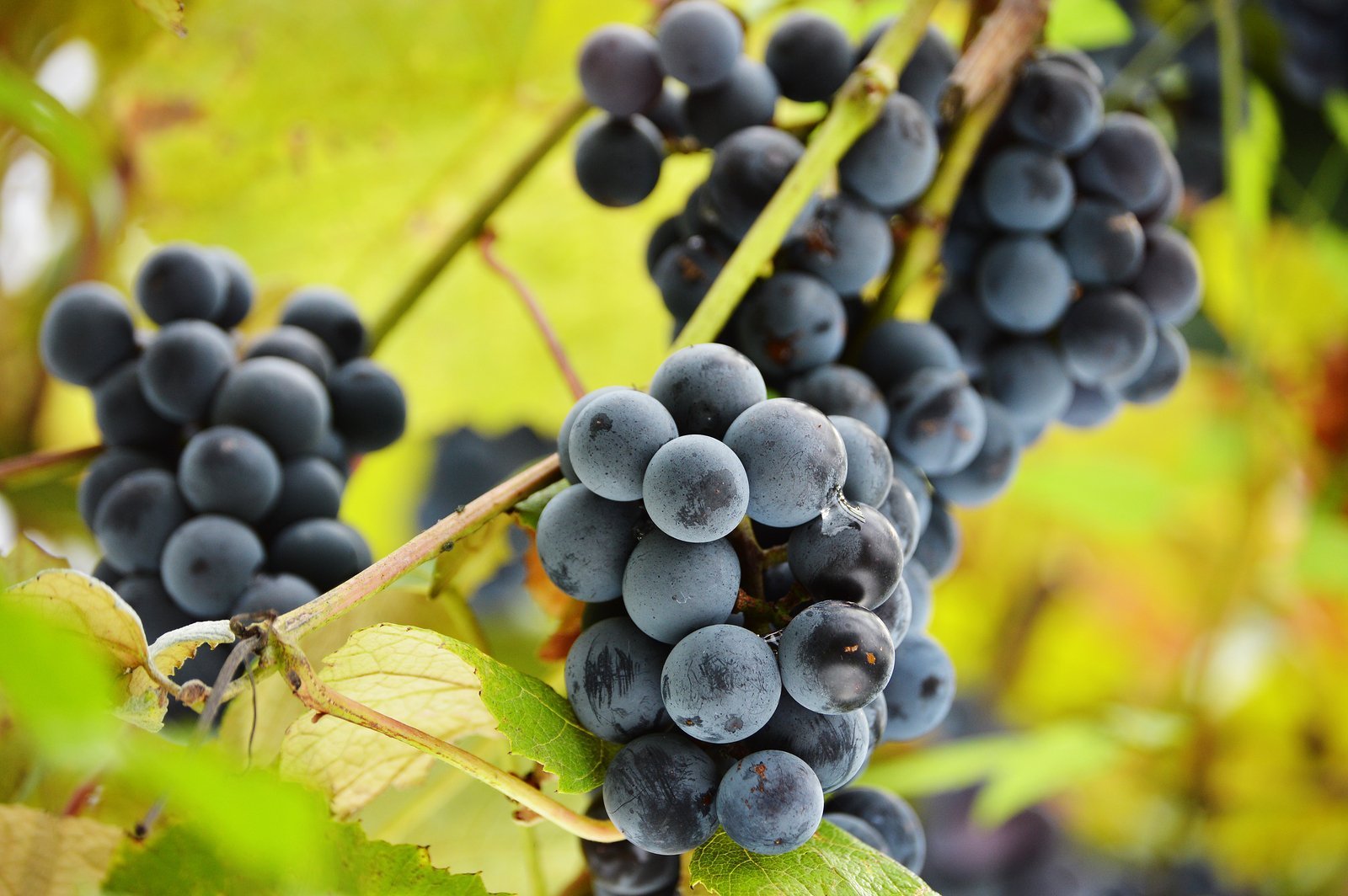Everybody and their dog has heard of resveratrol, and for good reason. This potent antioxidant can prevent free-radical-induced damage in the neurons of the brain, and helps maintain an effective blood brain barrier. What many people don’t know is that there’s actually an entire class of neuroprotective antioxidant molecules, many of which have gained popularity for their nootropic benefits. Resveratrol stands out amongst this class for its presence in wine, but to much of our surprise it isn’t even the best one. Let’s get into the details of resveratrols impressive younger brother, pterostilbene.
What Is Pterostilbene?
Pterostilbene is a molecule found in blueberries and grapes, and is very similar in structure to resveratrol. In plants the molecule is thought to offer antiviral and antibacterial effects. In humans however, the molecule exerts potent antioxidant, and neuroprotective activities across all tissues, from the brain to the liver.
This substance has seen a surge in interest within the nootropic industry, and as a result has peaked the interest of researchers trying to understand how it can be used to prevent neurodegenerative disorders like Alzheimer’s and dementia, and improve cognitive performance in healthy individuals.

Pterostilbene has been shown to provide the following beneficial activity over the past 10 years of scientific research:
- Antidiabetic
- Antilipidemic
- Cardioprotective
- Neuroprotective
- Antioxidant
- Anti cancer
- Lowers blood pressure
- Lowers cholesterol
- Supports weight loss
- Regulates blood glucose
How Does Pterostilbene Compare To Trans-Resveratrol?
Pterostilbene and resveratrol are both considered stilbenes from a chemical standpoint and look very similar to each other. There are several important differences between resveratrol and pterostilbene, however, that make pterostilbene more impressive as a neuroprotective agent.
The major differences between the two is that pterostilbene is much more readily absorbed in the digestive tract (up to 4 times more bioavailable), and has a long half life (78-100 minutes). This means that it stays within circulation for longer, and is thus able to exert its beneficial effects for a longer duration before finally getting excreted from the body.
Pterostilbene has been shown in multiple studies to be comparable in antioxidant activity to resveratrol, and has also proven itself to be useful for the treatment and prevention of other conditions such as diabetes and heart disease <1>.
When it comes to neuroinflammation (inflammation of the nerve cells in the brain), pterostilbene was found to be even more potent than resveratrol <2>, and has a particular affinity for the hippocampus <3>. This region of the brain is deeply associated with cognitive capacity, learning and memory. It is often the first part of the brain that shows signs of damage in the process of Alzheimer’s and other neurodegenerative conditions.
Taking Resveratrol and Pterostilbene Together
Resveratrol and pterostilbene are very similar in their effects, which is often a good indication of synergy. This has been proven with scientific research that found a combination of resveratrol and pterostilbene was able to provide more potent antioxidant activity (especially lipid peroxidation) than either of the two alone <4>.
Synergy means that the benefits of one is balanced by the opposing and slightly different benefits of the other to produce more thorough effects. For example, oxidative damage in the cells often causes a release of iron from inside the cells which is itself oxidative and thus further damages the cells. Resveratrol lacks the ability to chelate and protect from iron. Pterostilbene, however, offers support for this iron release through a complex interaction with intracellular molecules <5>. Other specific mechanisms that pterostilbene can’t offer, are in turn offered by resveratrol. This is due to the difference in lipid solubility of the two. The result is a much stronger and more well-rounded antioxidant effect when resveratrol and pterostilbene are combined.

References
- Rimando, A. M., Cuendet, M., Desmarchelier, C., Mehta, R. G., Pezzuto, J. M., & Duke, S. O. (2002). Cancer chemopreventive and antioxidant activities of pterostilbene, a naturally occurring analogue of resveratrol. Journal of agricultural and food chemistry, 50(12), 3453-3457.
- Meng, X. L., Yang, J. Y., Chen, G. L., Wang, L. H., Zhang, L. J., Wang, S., … & Wu, C. F. (2008). Effects of resveratrol and its derivatives on lipopolysaccharide-induced microglial activation and their structure–activity relationships. Chemico-biological interactions, 174(1), 51-59.
- Al Rahim, M., Rimando, A. M., Silistreli, K., & El-Alfy, A. T. (2013). Anxiolytic action of pterostilbene: involvement of hippocampal ERK phosphorylation. Planta medica, 79(09), 723-730.
- Mikstacka, R., Rimando, A. M., & Ignatowicz, E. (2010). Antioxidant effect of trans-resveratrol, pterostilbene, quercetin and their combinations in human erythrocytes in vitro. Plant foods for human nutrition, 65(1), 57-63.

Share:
How Every Biohacker Can Significantly Improve Their Memory Recall By Taking A Single Essential Nutrient
The Nutritionally Deficient Diet Guru